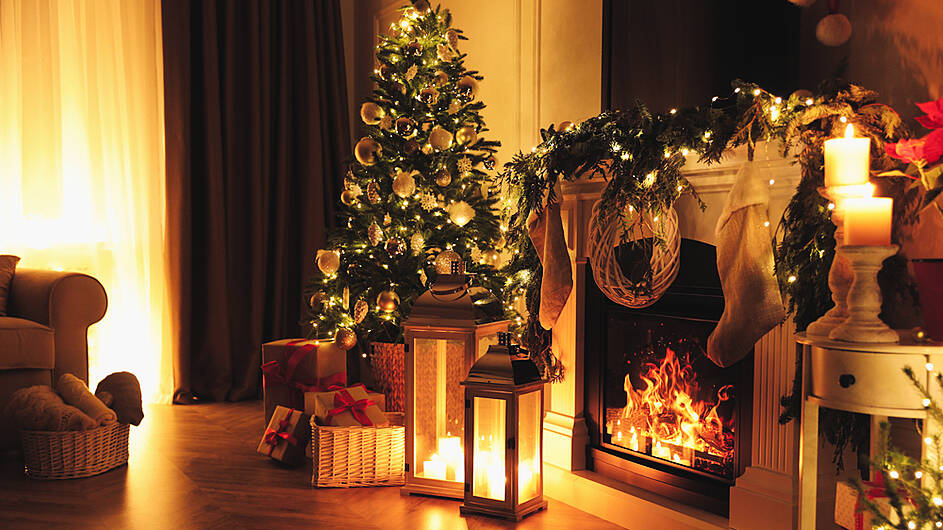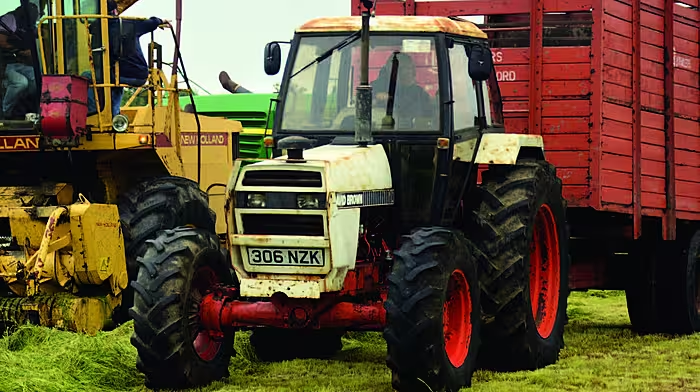PEADAR KING ponders the true meaning of ‘home’ and why it resonates so much at this time of year
PAUL Young’s 1983 version of Whenever I Lay My Hat (That’s My Home) has, for me at least, an earwig quality about it that I find hard to dislodge – as happened the other day when played between unremitting Christmas advertising jingles on the radio while driving home to West Cork.
It’s an innocuous enough song, but there is something about Young’s husky and soulful rendition that holds the ear.
Perhaps it’s the possibility of ‘home’ as a place to be, a place of rest, a place of ease. Something, I think, we all hold.
Perhaps, not surprisingly, home calls to the heart. A place of shelter – Shelter from the Storm – to borrow from Bob Dylan’s 1975 Blood on the Tracks album.
I was burned out from exhaustion, buried in the hail
Poisoned in the bushes an’ blown out on the trail Hunted like a crocodile, ravaged in the corn
Come in, she said I’ll give you shelter from the storm.
Who would not welcome such an invitation at a time like that?
And then there’s the Kittitian-English singer-songwriter Joan Armatrading’s hauntingly beautiful Willow song from her 1977 Show Some Emotion album.
When it’s more than you can stand I said I’m strong,
Straight Willing To be a Shelter In a storm
Home – the touchstone of artists across the genres.
Home – a Jack B Yeats impressionistic painting Shelter. His 1947 painting The Light of Towns of a man walking on a dark night towards a town has a Whenever I Lay My Hat feel to it.
That, and another similar painting, caught my eye in a recent sublime Yeats retrospective in the National Gallery in Dublin. As well as being a physical construct, home is a story we tell ourselves about who we are and what we aspire to being.
For some, if not many, the warm, brightly-lit commodified comforting story beloved of the advertising industry that is told in the lead-in to Christmas is a fictional story, one that masks the harsh reality of home life, far, far from the idealised version of a place of safety and shelter.
Homes are fraught places for many. Places of criticism sometimes biting criticism. Controlled places. Coercively controlled places. Violent places.
That ambivalence that goes to the heart of Christmas for so many is superbly realised by Cork writer and film director Charlie McCarthy in his award-winning film Home for Christmas, now almost twenty years old. A film that, for me at least, caught the tensions and anxieties around going home for Christmas.
The anticipation and the dread. The hope that this time it will be different.
In McCarthy’s film, it wasn’t.
‘Mona Quirke has a secret. When her daughter arrives on Christmas Eve with a strange young American we are on the road to discovering what that secret is. By the time Christmas Day is over there are two dead bodies in the garden and the Quirke family are all changed in various ways,’ runs McCarthy’s blurb for his film.
And yet, for all the ambivalence and all the sentiment we attach to home and notwithstanding the danger that often lurks within it is, for much of the world’s population, an aspiration but an out of reach aspiration.
An estimated 2% of the world’s population are homeless. Not many, you might think? But that’s nearly 154 million people living on the street, in temporary dwellings, at refugee camps, and in other transitory and most often in dangerous high-risk conditions.
A number of years ago I was in Dhaka in Bangladesh, where it’s estimated that in the region of 25,000 people live on the streets. These are Dhaka’s ‘pavement dwellers’.
Here, parents chain their children to them, fearful of them being snatched and trafficked while they sleep. Train and bus stations are their preferred places of rest. As dawn breaks, the police beat them awake and they stumble sleepy-eyed into the jostling vastly overcrowded city.
It’s a scale that is beyond most of our comprehension. Most, but not all.
The current number of homeless people here in Ireland is at a record high. Some 12,827 people were homeless in September of this year, including 3,904 children, a 33% increase on September 2021 when the government’s Housing for All plan was published.
On October 31st, there were 7,70 people on the housing waiting list in Co Cork, 1,911 in the Bandon/Kinsale, Skibbereen and Bantry local electoral areas.
On the same date, there were 39 families and 86 single people in emergency accommodation in Co Cork and two families and 20 single people in emergency accommodation in West Cork.
As November 19th, there were over 25,742 people accommodated in the international protection accommodation service (IPAS) system as a whole, compared with over 17,000 people at this time last year. There are currently 1,495 international protection applicants (IPAs) accommodated across fourteen accommodation centres in Co Cork. Two of these centres are located in West Cork.
My hope is that wherever you lay your hat this Christmas, you find shelter from the storms that are raging across the world. Storms fanned by raging climate change and storms fanned by the seemingly incessant wars that are holding the world in its grip.
Storms closer to home, too, ones fanned by misogyny, xenophobia and homophobia. And storms fanned by racism, class-based inequality and all the other impediments that come between people and the Happy Christmas we all aspire to enjoying.
This Christmas, may you all find a little shelter from the storm.
Happy Christmas.








